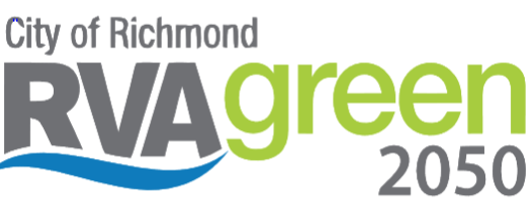Neighborhoods
What we heard: Richmonders want to live in safe and beautiful neighborhoods. Residents are concerned about issues such as increased littering, increased flooding, lack of accessible green space, and lack of sidewalks and pedestrian connections in many neighborhoods. Our neighborhoods should promote safety, sustainability, and beauty, and provide access to green space.
What does this look like in Richmond? Nearly 80% of Richmond residents live within a ten-minute walk to a park, but those who do not are commonly living in areas of the city with higher minority and lower-income populations. These same areas have less tree canopy coverage and more paved surfaces, creating a higher heat burden and increasing the risk to health and safety of residents, especially the elderly, children, and those with chronic health conditions, during times of extreme heat. Just 6% of the city’s land is used for parks and recreation, compared to the national median of 15%.
Areas Not Within 10-Minute Walk to a Park
Source: Trust for Public Land
Tree Canopy
Source: Jeremy Hoffman, Science Museum of Virginia
Impervious (Paved) Surface
Source: Jeremy Hoffman, Science Museum of Virginia
Actions we’re taking:
Conducting technical modeling to demonstrate how we can reach net zero greenhouse gas emissions by 2050 with strategies that also promote sustainable neighborhood development and beautification.
Identifying neighborhoods in Richmond with less access to resources including green space, pedestrian and bicycle infrastructure, and community facilities among other factors using the Climate Equity Index.
What you can do:
Learn about RVA H2O, a City of Richmond program designed to reduce pollution, decrease flooding, and keep our waters fishable and swimmable
Consider planting trees on your property to enhance the urban tree canopy
Compost at home to reduce waste and produce rich soil for your home garden
Learn about the City of Richmond’s Vision Zero Plan for safe and equitable mobility
Join Bike Walk RVA and help advocate for a bike friendly Richmond
Join a biking club or participate in a biking event with Richmond Area Bicycling Association
Volunteer to help maintain the city's parks and open spaces
Join the Richmond Regional Pet Waste Campaign and keep pet waste out of our local waterways
Volunteer with RVA Clean Sweep to help clean up our community
Volunteer to clean up a local park through the James River Park System
Participate in a James River Clean-Up
Read Richmond’s multi-modal transportation plan, Richmond Connects
Turn a parking space into a parklet and add a little bit of green space to the city
Check out the RVAgreen 2050 Virtual Resilience Hub resources under ‘Transportation’ and ‘Food & Waste’
 RVAgreen 2050 will build on the foundation set by Richmond 300, the city’s master planning process that engaged thousands of Richmonders in identifying objectives such as these supporting safe and beautiful neighborhoods:
RVAgreen 2050 will build on the foundation set by Richmond 300, the city’s master planning process that engaged thousands of Richmonders in identifying objectives such as these supporting safe and beautiful neighborhoods:1.3: Maintain and improve primarily residential areas by increasing their linkages to Nodes, corridors, parks, and open space, and maintaining high-quality design standards
4.3: Increase neighborhood access to and through a well-designed network of open spaces
4.4: Increase Richmond's walkability along all streets
8.3: Expand and improve on-street networks and amenities serving bicyclists and slow-moving vehicles (less that 15 miles per hour)
17.5: Increase city-wide tree canopy to 60% and seek to achieve a 30% tree canopy in all neighborhoods, prioritizing areas with a high heat vulnerability index rating and low tree canopy coverage
17.8: Increase the resiliency of infrastructure and community assets




